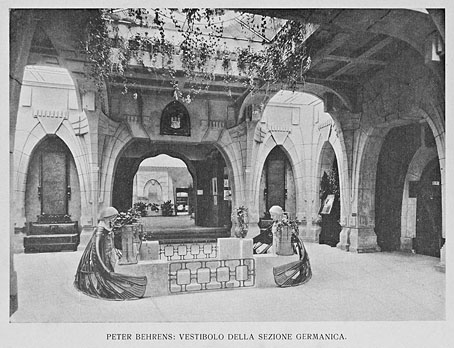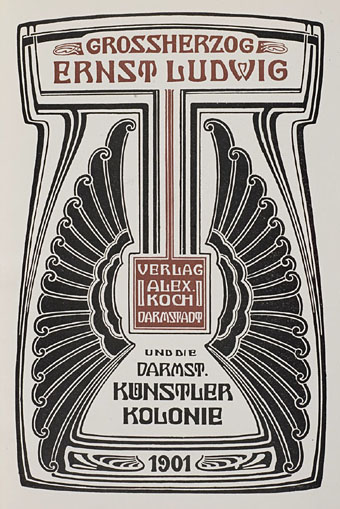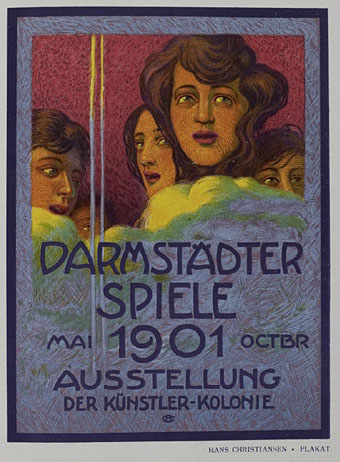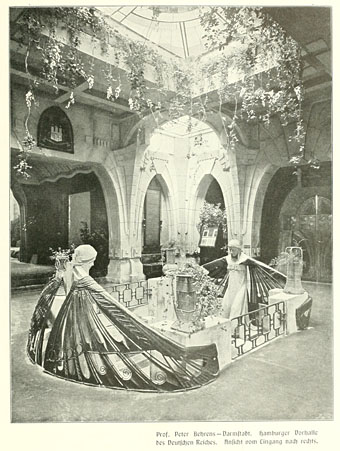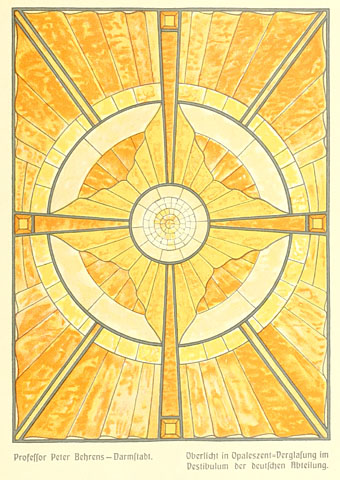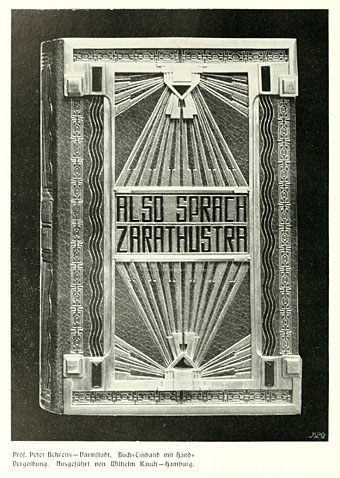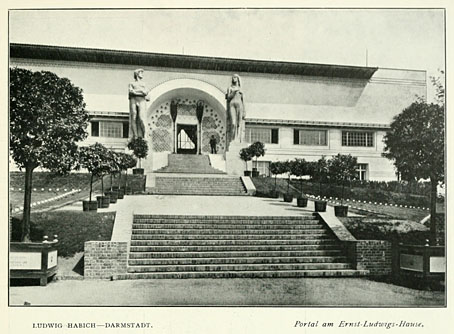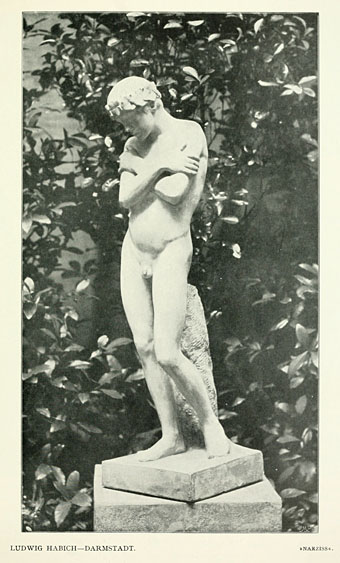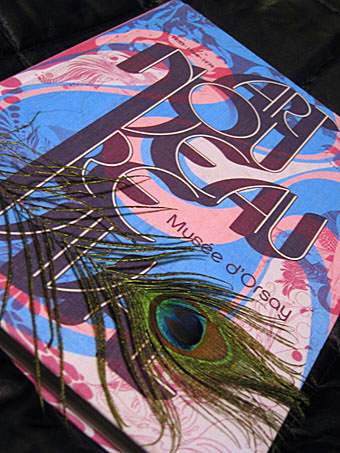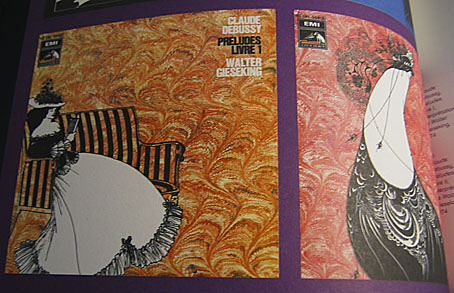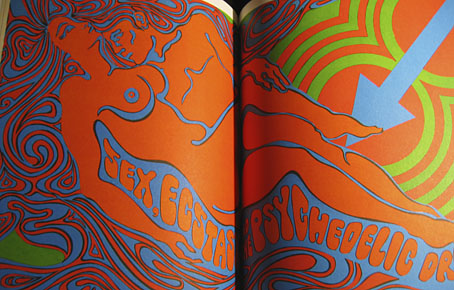Along the shore the cloud waves break,
The twin suns sink beneath the lake,
The shadows lengthen
In Carcosa.Strange is the night where black stars rise,
And strange moons circle through the skies
But stranger still is
Lost Carcosa.The King in Yellow, Act i, Scene 2
It’s been a while since I posted anything here which has been created solely for myself rather than a commission. This new piece is a portrait of the King in Yellow, the sinister regent whose supernatural presence pervades the four weird tales that open Robert W. Chambers story collection of the same name. The drawing is a big one, big enough to fill an A2 sheet which I was intending to make available in print form at Etsy. Not having looked at my Etsy shops for a while I didn’t know that they’d changed the shipping section to such an extent that I’d be having to guess what the shipping rates were for different regions. The printer I use has rough guidelines for setting shipping costs on external sales sites but not in the detail that Etsy requires. Prints of this picture may still be ordered direct from me, however. A2 or A3 giclée on Hahnemühle Pearl paper; send me an email if you’re interested.
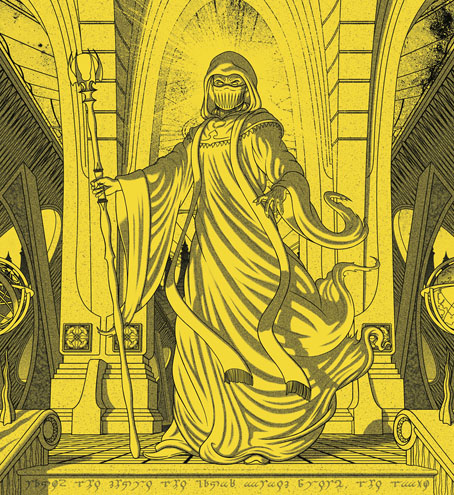
To return to the artwork… Prior to this my sole drawing of Chambers’ King was for one of the illustrations in Lovecraft’s Monsters, but that depiction is only a reflection in a pub mirror. The new piece was the result of a number of impulses which coalesced after I’d finished work on the forthcoming Bumper Book of Magic. I’d been doing a lot of drawing for the book—there’s a 20-page section, for example, which is all full-page, colour illustrations—and I wanted to keep my hand in while working on the current round of design-related projects. I’d also been wanting to try a proper depiction of the King in Yellow for some time, the previous attempt being unsatisfying even when detached from its pub scene. I’d reworked the earlier drawing a while ago after a Chinese publisher asked for a couple of illustrations for a Chinese edition of Chambers’ book. They paid me for the drawing, and for an old painting which I’d titled The King in Yellow but I still don’t know if the pictures were used anywhere.
A promotional poster by Robert W. Chambers, circa 1895.
A more general impulse has been the urge to get back to doing things for myself when I have the time. Time is always the problem when you’re engaged in commercial work. This new piece has been worked on over a series of months, chipping away at weekends and the ends of the working day. I had the idea at first of following Chambers’ own drawing of the King fairly closely, wings and all, but I’ve never been sure whether the wings are meant to be real appendages or symbolic shapes like the halo that Chambers also draws. The same goes for the guttering torch which the figure holds upside down, and which was used as a decoration on the spine of the third printing of the book.
Among the other details, the Art Nouveau border is intended to connect the drawing to the 1890s, the decade in which the stories were written, but for the architecture I wanted something more severe and less earthbound. Most of the architectural design is my own but the arches are a variation on the vestibule that Peter Behrens designed for the German pavilion at the 1902 Prima Esposizione Internazionale d’Arte Decorativa Moderna in Turin. Behrens started out working in the Jugendstil mode but soon evolved a style of his own which prefigures the stylings of Art Deco. The inscription on the steps is Cassilda’s Song, a page of verse which opens the first story in Chambers’ book, The Repairer of Reputations. The words have been set in the Lingua ignota alphabet devised by Hildegard von Bingen. In the past I might have used the alphabet from The Voynich Manuscript but I like the appearance of Hildegard’s lettering even though I doubt she’d approve of this usage.
• The King in Yellow at Standard Ebooks
Previously on { feuilleton }
• Eldritch idols
• In the Key of Yellow
• Lovecraft’s Monsters
• The Court of the Dragon
• The King in Yellow



